Socially Intelligent Robotics (SIR) - 2022
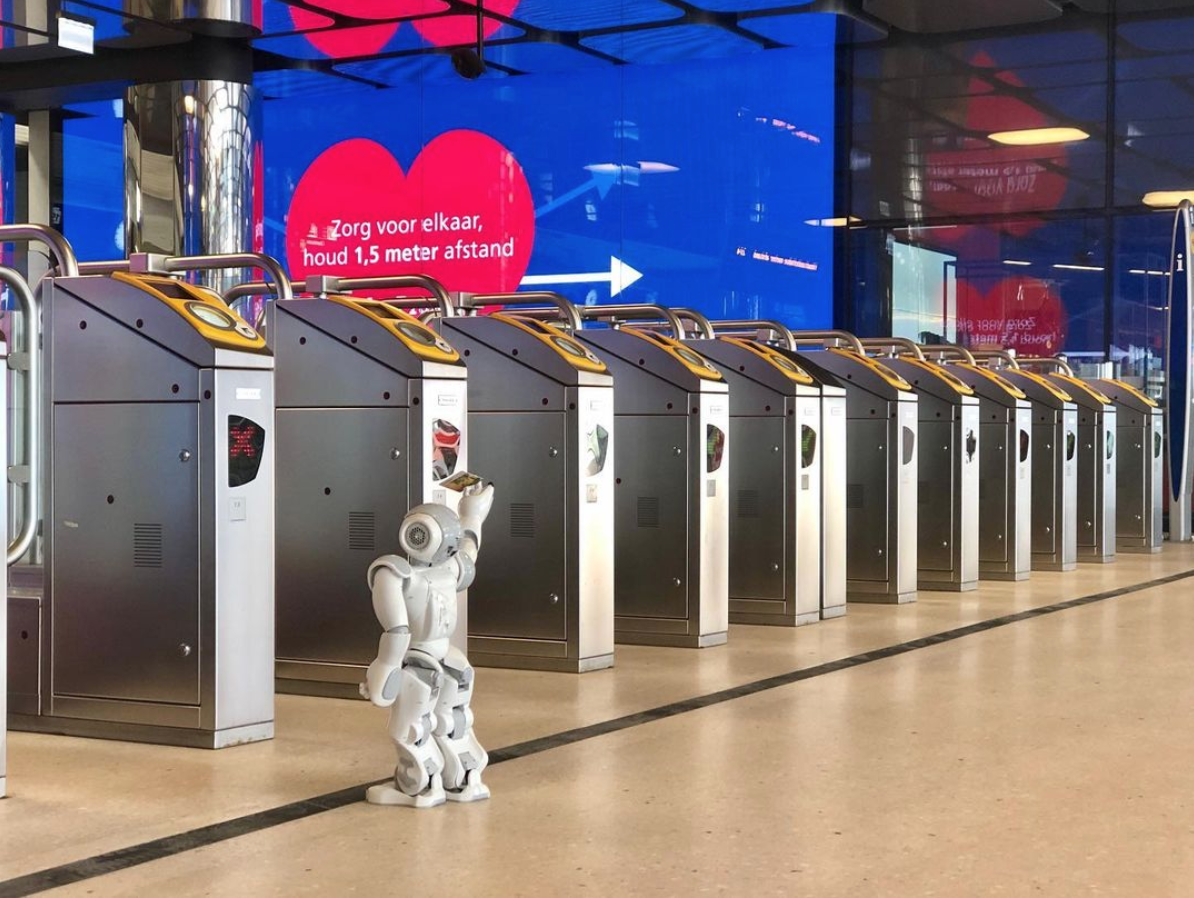
|
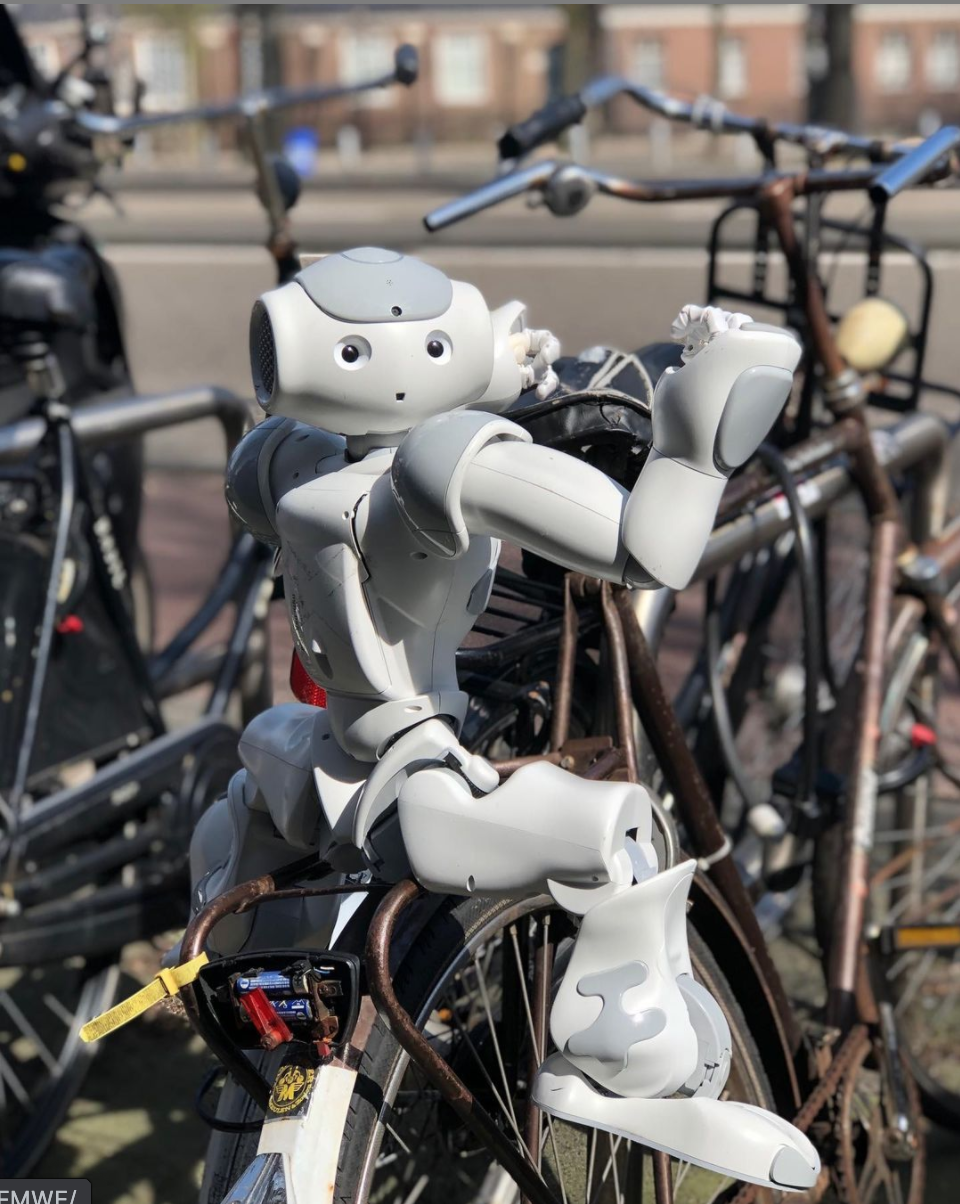
|

|
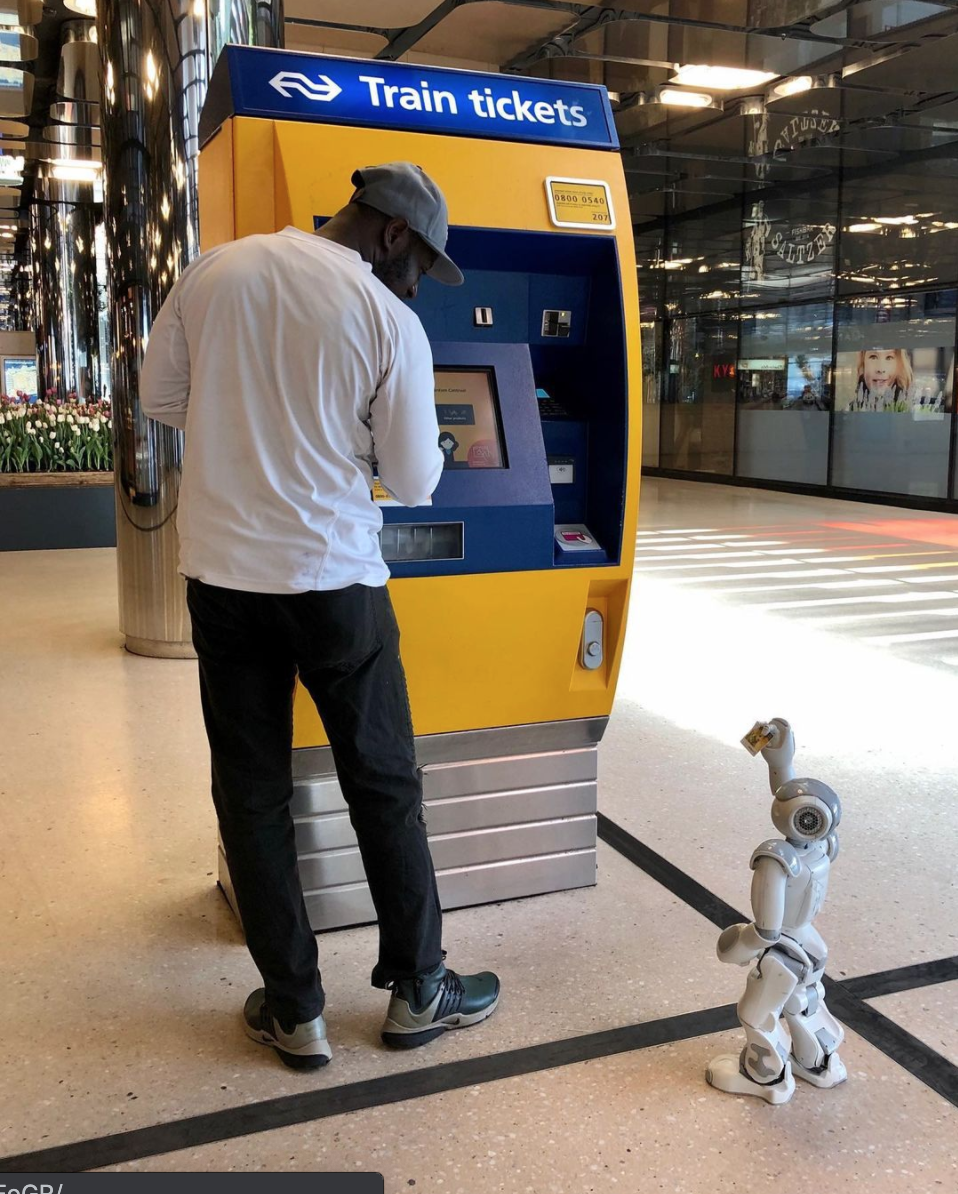
|
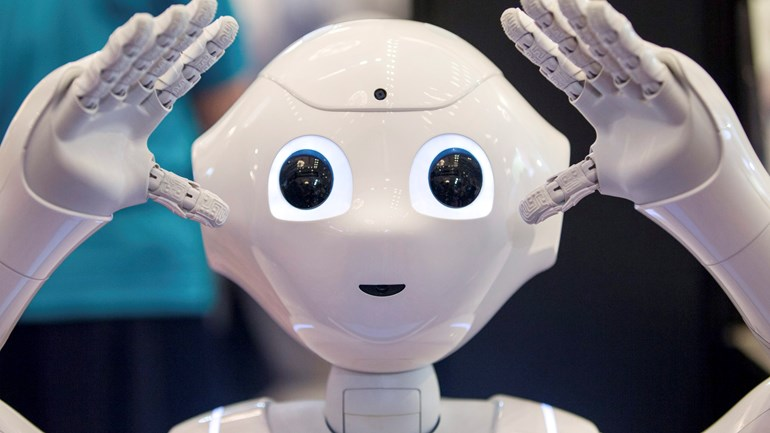
|
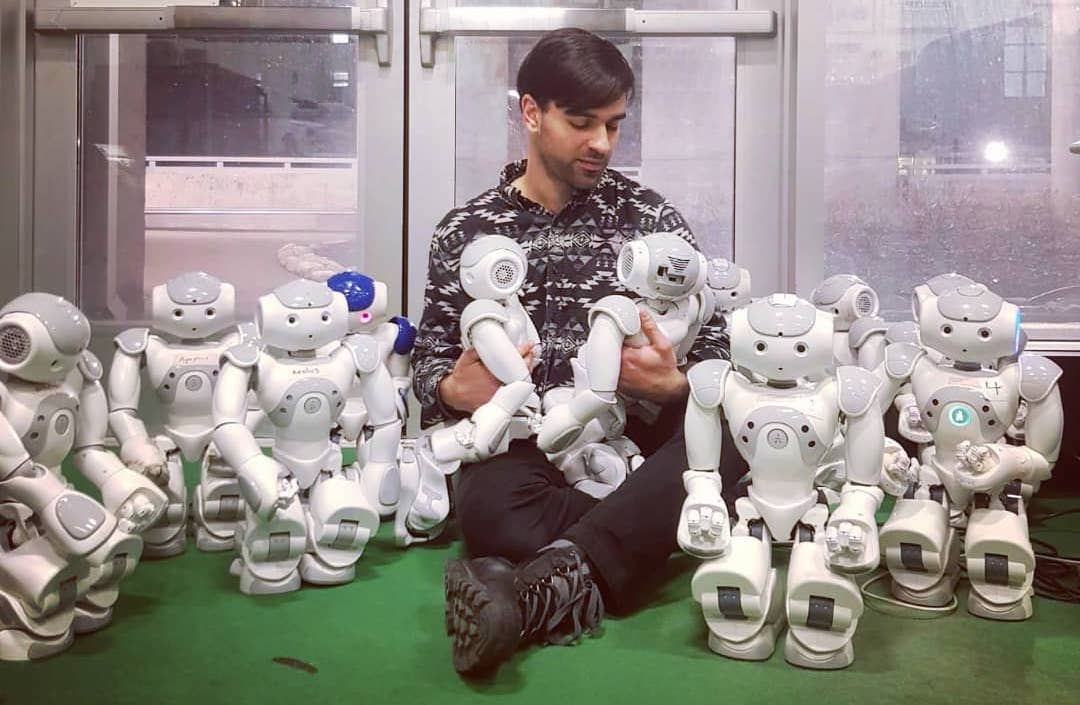
|
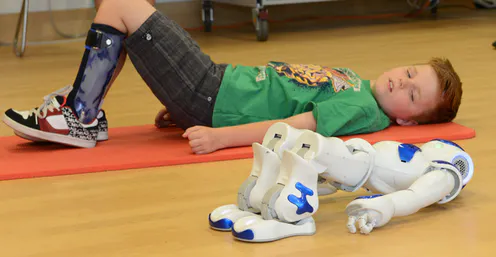
|
|
|
|
|
|
|
|
|
Welcome to SIR-2022! This is the main information for the course. This is where you will be directed to all information pertaining to course content and logistics. Enjoy!
Quick links
For any general issues about the course, please contact Bülent Ündes b.uendes@vu.nl - all assignment-specific questions will be handled by your assigned TA.
For special situations not directly related to the course that you want to report or get help for, check the VU’s student Helpmatrix.
Table of contents
1. General course information
Course code: XM_0074
Duration: 8 weeks - Period 2 (Oct-Dec 2022)
Level: Master (Artificial Intelligence)
Credits: 6
Schedule and locations:
Mon 17:30-19:15 (lecture, on campus): check rooster for location
Wed 13:30-15:15 (lecture, on campus): check rooster for location
Practical sessions:
Mon, Tue, Wed, Thu, Fr. 09:00 - 12.30 & 13:30 - 17:00 (each group will be assigned two 3.5 h slots per week)
Locations: Social AI lab (NU-11A93) & Intertain lab (W&N-S1.11)
Co-instructors: Koen Hindriks and Kim Baraka
Teaching assistants (your assigned TA will be your main point of contact):
TA groups: 17-20: Bülent Ündes (TA coordinator) b.uendes@vu.nl
TA groups 9-12: Kelly Spaans (TA) k.e.spaans@student.vu.nl
TA groups 5-8: Oromia Sero (TA) o.g.sero@student.vu.nl
TA groups 1-4: Freddy de Lima (TA) f.j.delimagoncalves@student.vu.nl
TA groups 13-16 and TA groups 21-22: Francesco Mattera (TA) f.mattera@student.vu.nl
TA groups: 17-20: Geo Juglan (TA) g.juglan@vu.nl
2. What is this course about?
Robots are expected to enter several aspects of our daily lives (e.g., shopping malls, airports, hotels, the home) and will be expected to be socially intelligent for smooth integration in human environments. In this course, we will investigate the design of social robots and look into AI techniques for developing a social robot that can interact with human users. You will gain an understanding about social robotics and related AI techniques to control a social robot (e.g., conversational AI, techniques for making a robot more socially aware, expressive gestures, etc.) and apply this knowledge for designing a human-robot social interaction. In addition to lectures, you will be designing a socially interactive robot prototype on a NAO humanoid robot for an interaction problem of your choosing. You will work (outside lectures) in groups towards developing your solution to a (social) interaction problem. You will be asked to perform a preliminary evaluation of the prototype amongst your classmates. Furthermore, you will be challenged to take initiatives and direct your own learning, where your design choices will be grounded in existing (multidisciplinary) literature.
3. Learning Goals
By the end of this course, you should be able to:
(L1) Explain what social robot interaction design is and specify an interaction problem for a robot
(L2) Identify, analyze, and apply relevant human-factors knowledge to a social robot design
(L3) Reflect upon different evaluation approaches and create a procedure to evaluate a social robot
(L4) Apply basic conversational design principles to create a conversational design for a social robot
(L5) Explain what nonverbal communication and affect are and which parameters influence affect expression
(L6) Identify and explain basic techniques for making a robot socially aware
(L7) Analyze and evaluate basic ethical dilemmas related to social robotics interacting with humans
(P1) Perform a (pilot) user study to evaluate a social robot interaction design
4. Organization
The course consists of three main components:
Lectures (on campus) in which course material is presented. In some lectures, individual micro-assignments will be presented and discussed (see the grading of those below in section 6. Grading)
Course assignment where you will work in groups on course deliverables, such as the code for controlling the robot and the design document.
Practical sessions @VU campus where you will have access to a NAO robot to work on your course assignment.
Assignment Groups
You will be working on the course assignment together in a group of 6 students (with some exceptions). We will assign a teaching assistant (TA) for each group. Your teaching assistant is your main point of contact for any questions you have about the course and the assignment. Your TA will also monitor whether each group member individually contributes to the deliverables. Individual contribution and active participation in the course is required to be able to pass the course.
Working with the NAO Robot: Practical Sessions
Each week, there will be two practical sessions of 3.5 hours on the VU campus. During these practical sessions, you will have access to a NAO robot to test your code on the robot. Use these practical sessions as effectively as possible by focussing your effort during these sessions on tasks that require access to a robot. You will most likely find that you would have liked access to a robot for more than the time allocated for you. In other words, do not use these sessions for creating the design document and presentation deliverables. You can also develop code by simulating the microphone and speaker of the robot on your local machine. We have suggested some development targets for each week in the weekly milestones.
Communication
We use Slack and have created a SIR-2022 workspace for communication with the teacher and TAs and between students. The invite link for the Slack channel can be found on the Canvas course page. Instructions on how to join the workspace should have already been communicated to you through Canvas. We have and will create specific Slack channels. We will create a group channel for each TA group and we will also create channels for specific topics. In your group channel, you can privately talk with the other students in your group and your TA (no one else will have access). Slack is the way for you to communicate with your TA.
Each group will also have a Google Drive folder in which the group uploads deliverables.
5. Schedule
The schedule for the course, including lectures and deliverables, can be found here. Make sure you follow it closely throughout the course in order not to miss any deadline.
Most deliverables will not be published as assignments. For example, your TA will monitor your progress on the design document and updates to your GitHub repository. Because you will be asked to share deliverables in a Google folder that we will make available to each group, you will only be asked to submit a URL link to that deliverable. We will not publish assignments for code, but expect you to update the GitHub repository that we make available for you each week.
6. Grading
Grades for each of the main deliverables will contribute to a final grade for your group work and will be weight as follows:
Robot software (20%)
Design document (50%)
Final presentation (30%)
Individual micro-assignments presented during class (not graded, .5 point penalty if you miss three or more)
Bonus point on final grade based on votes for final group presentations (top ranked group 1 point, second-ranked group .5 point, within each of the two sessions)
Every group member is expected to keep track of their weekly progress in the form of a logbook. In case we find clear differences in what and how much individual group members have contributed to the final result (deliverables), we may take this into account and differentiate grades for individual group members. We will also use input from the TAs who will discuss with your group each week to establish such differences.
7. Resources
This course does not have a textbook, however we encourage you to consult the following resources:
An Extended Framework for Characterizing Social Robots (Baraka*, Alves-Oliveira*, & Ribeiro, 2019) (book chapter)
Computational Human-Robot Interaction (Thomaz, Hoffmann, & Cakmak, 2013) (book)
A Primer for Conducting Experiments in HRI (Hoffmann & Zhao, 2021) (paper)
Human-Robot Interaction podcast (online podcast)
Other interesting/relevant resources:
Discovering Statistics using R (Field, Miles, & Field, 2012)
The decision tree for statistics (interactive tool - use with caution)
9. Corona rules
The latest Corona measures can be access here.
10. Inclusivity statement
We strive to offer students with a safe and inclusive classroom environment. We welcome the perspective of students of all ethnicities, genders, spiritual beliefs, and sexual orientations, among others. If you feel discriminated on the basis of your identity, please report it to the course staff.
If you have a disability and require accommodations, please let us know before the beginning of the course so that we can discuss your accommodations and needs to make the course as accessible to you as possible.
11. Academic integrity and code of conduct
Plagiarism is not tolerated for both reports and code. You are welcome to use any code you see fit for your project, as long as you appropriately cite your sources both in the report and in the code itself (as comments).
Any behavior that violated the VU rules for academic integrity and code of conduct will not be tolerated.